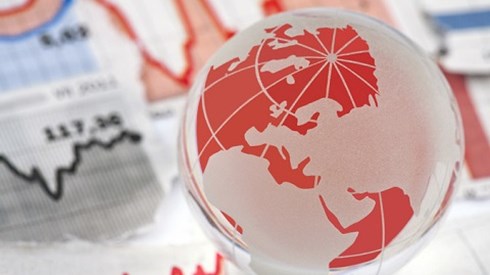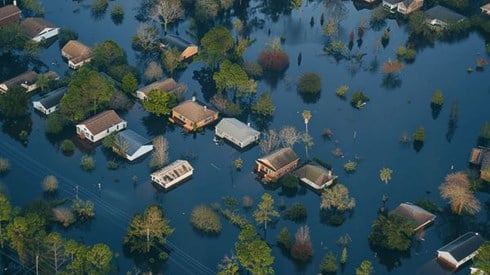A.M. Best Projects Combined Ratio for Global Reinsurance

November 20, 2017

An A.M. Best briefing titled "Global Reinsurance—Where Have All the Losses Gone?" projects an estimated combined ratio of 110 percent for its composite of global reinsurers, with return on equity (ROE) ranging from 0 percent down to –5 percent. This compares with a 5-year average combined ratio of 91 percent and a 5-year average ROE of 11 percent. The last time the global reinsurance composite reported a combined ratio above 100 percent was in 2011, due to a series of global catastrophes, which included earthquakes in Japan and New Zealand and widespread flooding in Thailand.
Company reserving estimates associated with Hurricanes Harvey, Irma, and Maria, along with the central Mexico earthquake, indicate that accumulated insured losses could reach $90 billion, well below other published modeled loss figures. These estimates were drawn from a survey of A.M. Best's Global Reinsurance segment, which includes Bermuda market companies. Based on this company feedback, net catastrophe losses for reinsurers will range from $20 billion to $25 billion, with an equal amount of losses incurred by alternative capital, mostly in the form of collateralized reinsurance.
The report notes that the difference with the 2017 hurricane events compared with previous catastrophe-heavy years is the material participation by alternative capital and the unique features of that capacity. The response from this capacity will have a definite near- and long-term effect on the dynamics of the market; however, the report cautions that overall losses may keep rising.
"Using history as a lesson, it is not uncommon for losses related to catastrophe events to develop adversely over time, and the complexity is usually a determining factor in this regard," said Robert DeRose, senior director. "Given the complexity of the hurricane events, it would not be surprising to see losses develop well into next year."
To gauge the earnings impact, A.M. Best determined the net income loss coverage, a measure of net catastrophe losses divided by 2016 net income. This is indicative of how long it may take companies to earn back these losses based on their own recent earnings. The average for the Global Reinsurance composite is 1.23 times, which means it will take approximately five quarters to recover what has been paid out.
"Granted, improved rates can speed up this timeline, but some companies may take closer to 2 or 3 years to earn back these losses—again, looking at it strictly through this lens," said Greg Reisner, director. "Arguments can be made to normalize or adjust earnings for certain companies, but this is an unadjusted view of the data and an observation of the range."
Access a copy of this special report. The report is complimentary, but sign-in is required.
Copyright © 2017 by A.M. Best Rating Services, Inc. and/or its subsidiaries. ALL RIGHTS RESERVED.
November 20, 2017
